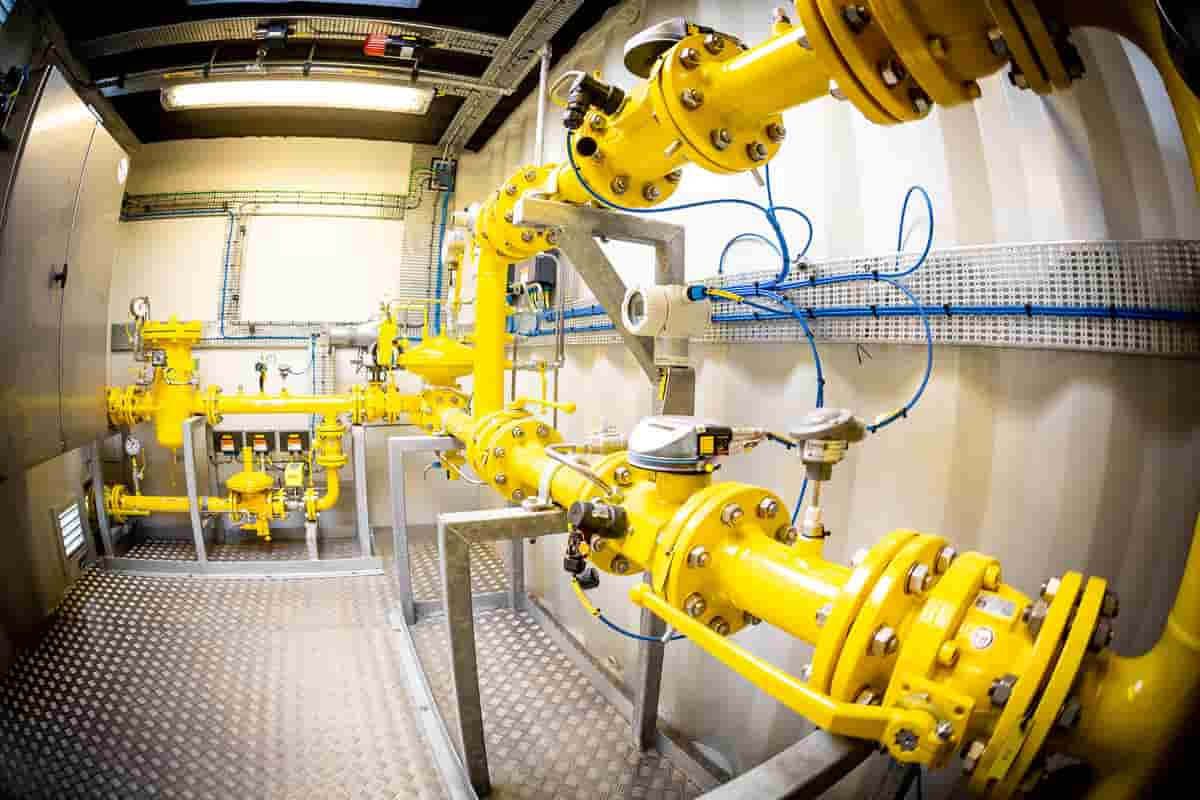Renewable energy
Increasing renewable gas
The new Renewable Energy Directive (‘RED II’) includes a legally-binding EU-wide target of 32% for renewable energy by 2030, with an upward review clause in 2023, as well as sector-specific objectives, including an annual increase of 1.3% for renewable energy in the heating sector and an end target of 14% renewables in the transport sector by 2030. The latter aims to promote the further deployment of electric mobility but it also includes a sub-target of 3.5% for advanced biofuels and biogas.
In general, the Directive is certainly a positive step towards the large-scale take up of renewable gas in the next decade. It will facilitate the access of biomethane to the natural gas grid, extend guarantees of origin from renewable electricity to renewable gas, and make the cross-border trade of biomethane easier. The new sustainability policy will restrict the production of biogas and biomethane, however, by introducing sustainability thresholds for all energy sectors. Biogas and biomethane must reach 65%-80% greenhouse gas savings relative to the fossil fuel comparators. Sustainable feedstock types are listed in Annex IX of the Directive and Annex VI determines the default emission values for different pathways. The Annexes are kept under continuous review. Biogas nevertheless remains one of the most sustainable energy sources, able to reach over 200% greenhouse gas savings when the use of agricultural manure as a feedstock means methane emissions from manure are avoided.

EBA policy recommendations on renewable energy
- Guarantees of Origin to be implemented in a harmonized way across Europe: Make virtual trading possible across borders. The traceability and the transparency are essential components of the energy transition and consumer empowerment. Biomethane production must be certificated and valorized to the customers with the proper information about all its merits.
- Heat use: make the target in RED II of increasing renewables in heating by 1.3 % binding and clarify the role of renewable methane in achieving this goal. Renewable methane can provide a cost-efficient solution to increase renewable energy in heating and tackle energy poverty.
- Financial support for the green gas transition based on the principle of ‘polluters pay’: an adequate carbon price is needed to internalise the negative externalities of local and global pollution – introduce EU-wide carbon tax; subsidies of the fossil fuels must be phased out – technology specific support schemes are crucial – benefits of biogas/biomethane are completely different (and complementary) from those of intermittent renewables but renewable gas receives less support in most parts of Europe. European financing mechanisms, for instance though EIB, should be directed to support biomethane project development.

RENEWABLE BIOGAS FOR EFFICIENT EMISSION CUTS
Biogas is a fully renewable and environmentally friendly fuel that can help to reduce life-cycle greenhouse gas emissions by up to 90% compared with fossil fuel use. Biogas can be used for all the same purposes as natural gas, including as a road and maritime transport fuel and as energy for industry.
Biogas production is part of the circular economy, as biogas is produced from waste feedstocks such as biowaste, sewage sludge, manure and other industrial and agricultural side streams. The organic matter generated as a by-product of biogas is high in nutrient content. These nutrients can be recycled further for use in industry and agriculture.
Biogas use can help to reduce life-cycle emissions by up to 90%
Biogas use can help to reduce greenhouse gas emissions over the entire life cycle (well to wheel, WTW) by up to 90% compared with fossil fuel use. The calculation of the carbon dioxide emission reduction takes into account the entire biogas value chain from biowaste sourcing to biogas production, distribution and use.
Gasum’s greenhouse gas emission calculations* are based on the Finnish Energy Authority’s guidelines on sustainability criteria and are in compliance with the EU Renewable Energy Directive (RES Directive 2009/28/EC). Gasum’s calculations are verified annually through external and independent third-party audits.
*Our carbon dioxide calculations take into account emissions of carbon dioxide (CO2), nitrous oxide (N2O) and methane (CH4). The fossil fuel comparator used is 83.8 g CO2eq/MJ (RES Directive).
Biogas value chain from feedstock sourcing to distribution and use
1. Biogas feedstocks, collection, transport and processing of feedstocks
Feedstocks (raw materials) used in biogas production are delivered to biogas plants from an area within an average of 30-40 km from the plant. The emissions from feedstock collection and transport are taken into account in the calculations on the basis of fuel consumption and transport distances. In addition to these, emissions taken into account in the calculations are generated at the plant from feedstock processing and odor control.
2. Biogas production, upgrading and injection into the gas network
As regards biogas production and upgrading, emissions from heat and electricity consumed at biogas plants, emissions from the production of chemicals used in the biogas process and emissions related to water consumption and wastewater treatment are taken into account. Also taken separately into account are emissions from electricity consumption arising from the injection of biogas into the gas network.
3. Biogas distribution logistics
Emissions related to biogas transmission in the gas pipeline network consist of methane emissions and carbon dioxide emissions from compressor stations and transmission pipelines. Biogas can also be distributed using container transport, which is when transport emissions are taken into account. Electricity is consumed at gas filling stations, and emissions from its production are included in the calculations.
4. Emissions from biogas use (tank to wheel, TTW)
Just like with other renewable fuels, the calculated level of in-use emissions (tank to wheel, TTW) from renewable biogas in, for example, transport use is regarded to be zero. Biogas combustion generates carbon dioxide, but there is no net increase in atmospheric carbon dioxide because the amount of carbon dioxide fixed in the biodegradable feedstock equals the amount released through biogas combustion.